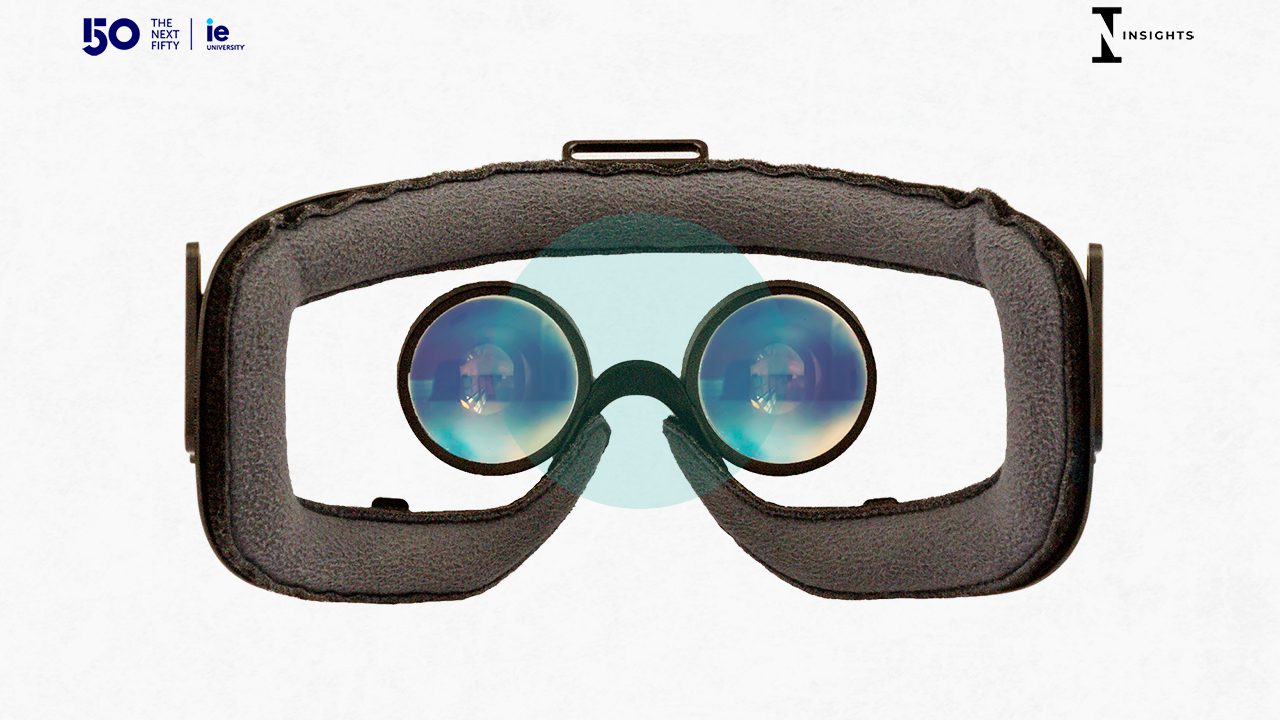Link copied
IE insights - IDEAS TO SHAPE THE FUTURE - Education

The Future of Trend Forecasting
From futures-as-a-service to futures-as-a-modus operandi.
The forecasting industry as we know it today in the Western world has roots in fashion and the military, with some suggesting fashion forecasting began in France during the reign of Louis XIV. It was in Europe in the 1850s, however, with the rise of capitalism and industrialization, that product-makers slowly began to transform their businesses into brands in order to stand out from the competition and communicate their existence and relevance to potential customers. With the sole goal of making profit, and then increasing that profit incrementally, it wasn’t enough to keep doing what they had always been doing. Businesses needed to appeal to consumers at multiple levels, and the products that stood out were those that brought something new with them. This awe with newness and innovation from both the consumer and business sides drove the push to find and offer products, services and behaviors that were inexistent or emergent in that market.
Of course, after World War II and globalization, forecasting started to spread far beyond fashion and the military. However, professional trend forecasting companies only began their official services in the 1970s and 1980s, which makes it a relatively recent industry. By mapping out the most innovative brand and independent initiatives, along with emerging technologies, forecasters were then able to identify the main directions a chosen field was moving in, and examined these findings with data projections, primary qualitative work and intuition. These pieces of analyses then served as the basis for macro-level strategic business recommendations.
Fast-forward to 2023, the industry is still not in complete consensus about terminology (Trend forecasting? Futurology? Futurism? Foresight?). Some differentiate the terms by relating it to their particular approach: ‘futurism’ is often related to practices that rely more on technology-driven innovation, ‘trend forecasting’ has largely become associated with the fashion industry, social media and more near-future trends, ‘foresight’ is usually associated with the academic world, and so on. There are many disagreements on what the industry and profession should be called, but regardless of name and nuances in how they approach futures, these professionals are strategic thinkers that use research as the tool for garnering evidence that backs up – and leads towards – effective brand strategy that culturally connects with the current and upcoming Zeitgeist.
So far, these professionals have been working mostly in qualitative research and cultural insights consultancies. As external consultants, they are able to have an unbiased view of the client’s challenge, a broad spectrum of innovations from many industries to pull from, and the blue-sky thinking to creatively conceive future goals and how to get there.
Looking towards the future, companies and brands will have to incorporate futures thinkers and makers into their staff. Futures literacy will become one of the most important soft skills for professionals in any area. It will only be through teaching future literacy to people in HR, IT, customer service, accounting, management, legal, operations, purchasing/sourcing, etc., that the company as a whole will be able to create and conceive long-term vision of its business, and to act on it. Foresight must move beyond marketing and R&D in order to give people intelligence autonomy, informed decision-making, and tools to take risks and transform the future.
© IE Insights.
